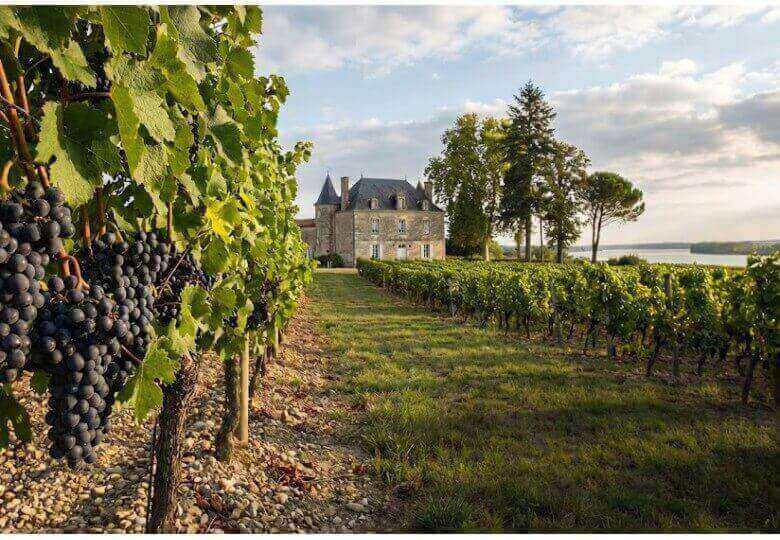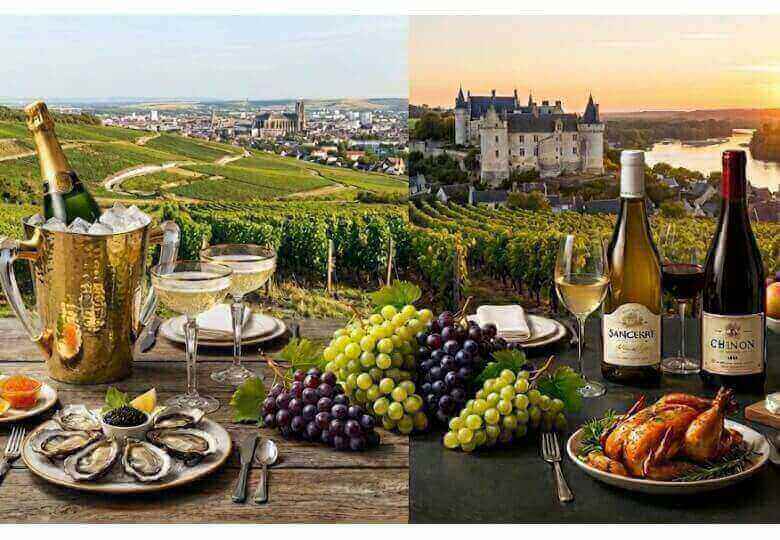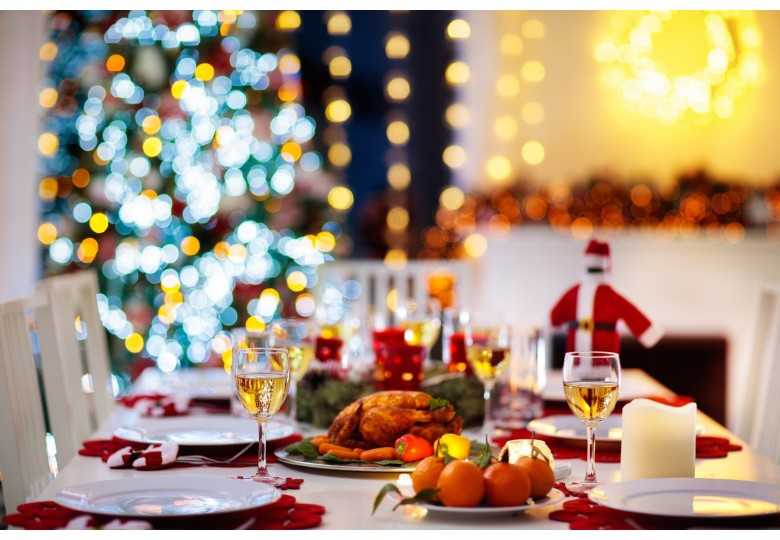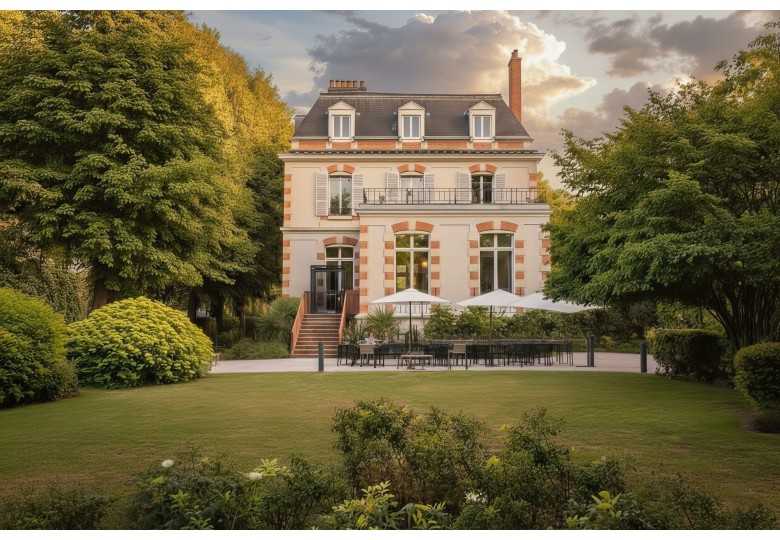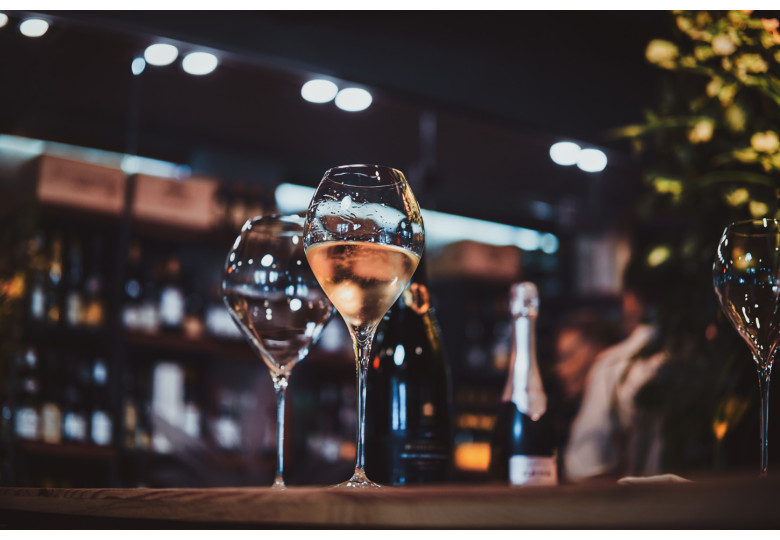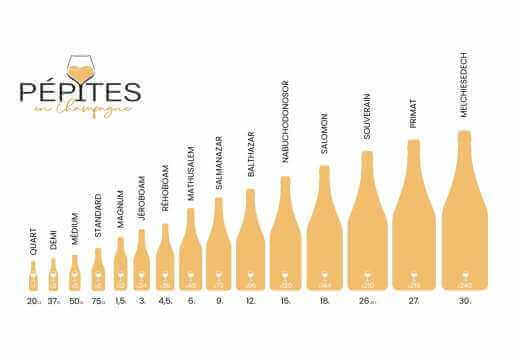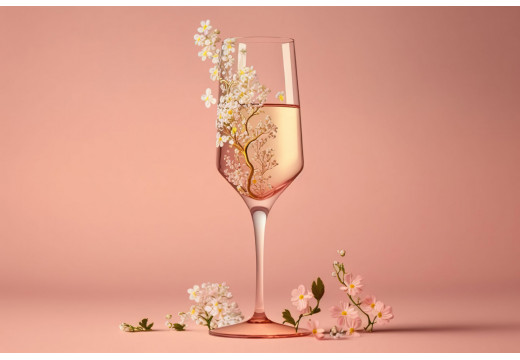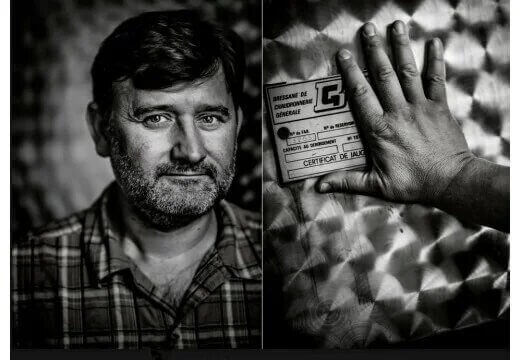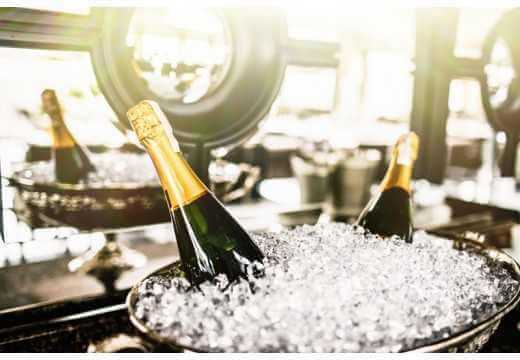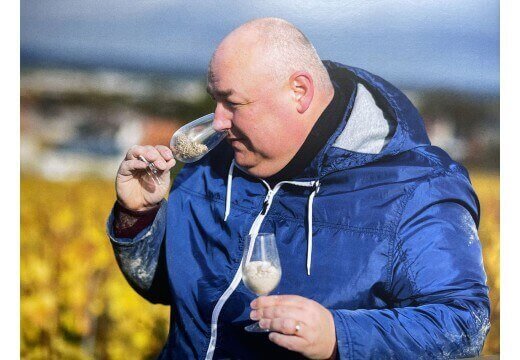The Marne Valley is the largest of the Champagne regions, covering almost 12,000 hectares. It is known for its diversity of grape varieties, with Pinot Meunier predominating, accounting for around 60% of plantings.
Varied soils and climates
Clay-limestone soils:
The soils of the Marne Valley are rich in clay and limestone, enabling the different grape varieties to flourish.
Microclimates: The proximity of the Marne creates microclimates favorable to viticulture, offering ideal conditions for grape development.
Vignerons de la Vallée
Producers such as Champagne Berat Schenk and Champagne Sourdet Diot are renowned for their champagnes made from Pinot Meunier grapes, offering fruity notes and freshness.


